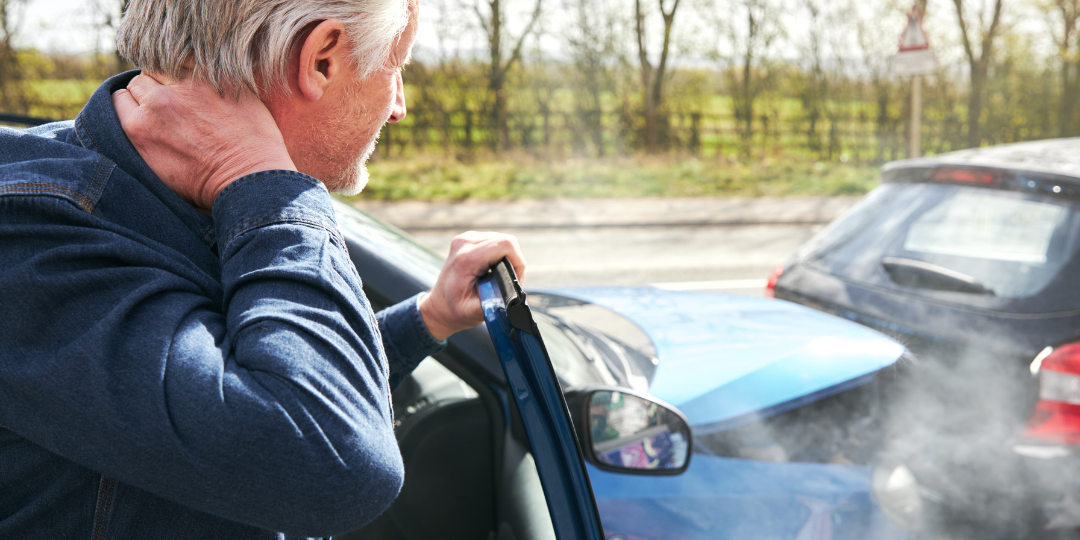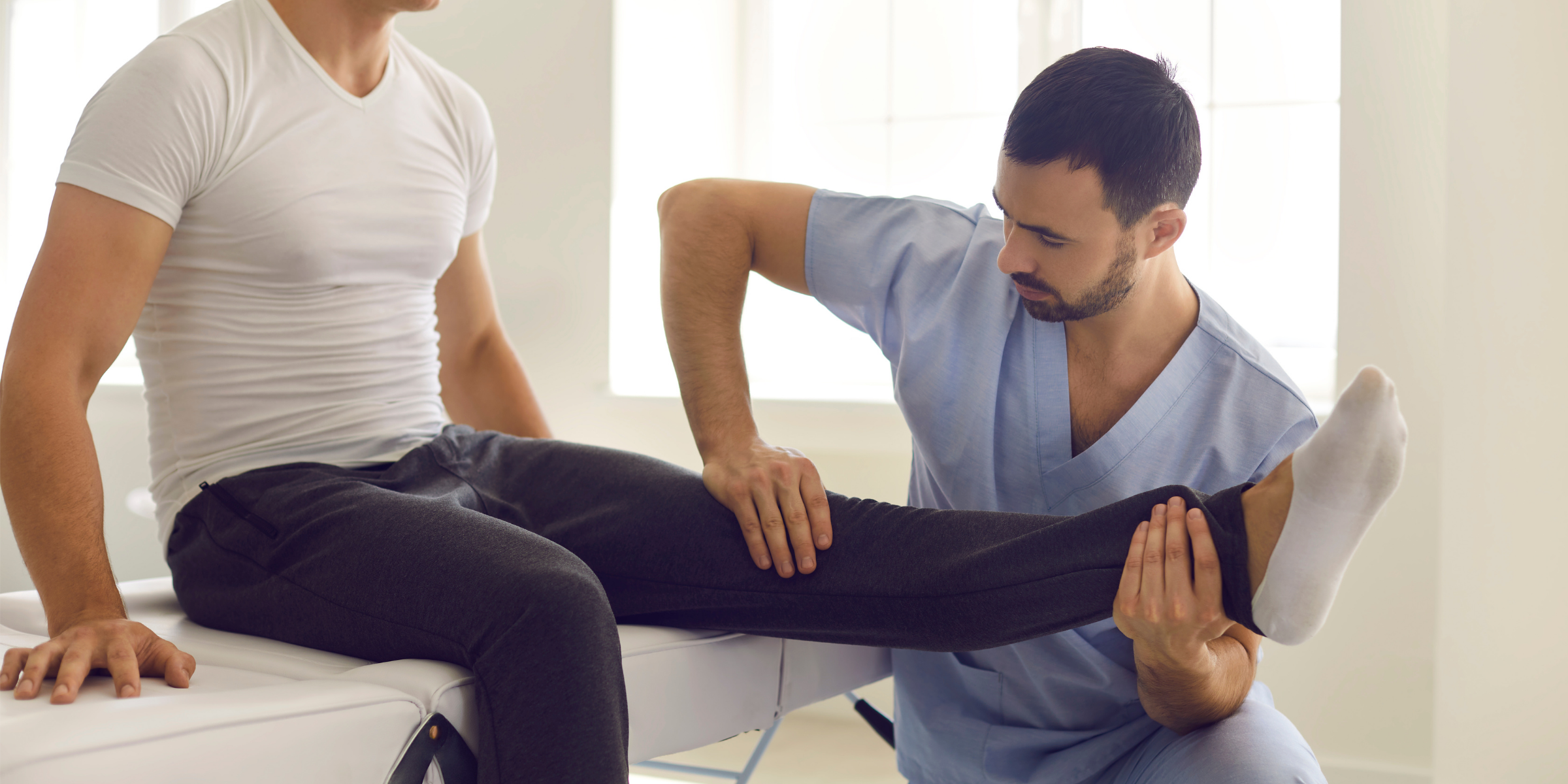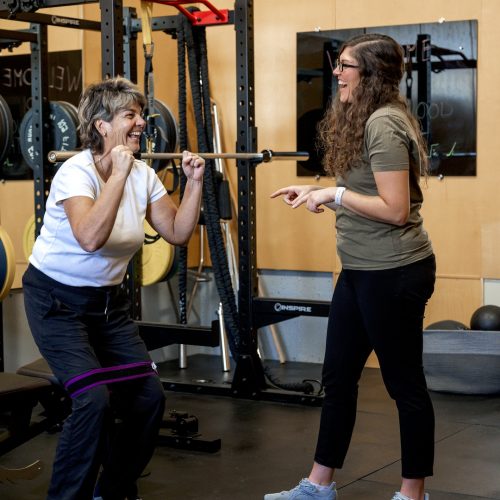So, you have been in a motor vehicle accident. You were hit or hit something and were jostled around in your seat. Your airbag goes off or doesn’t, but at least you were wearing your seatbelt. You are sitting in your car, and you feel okay. A little shaky, but okay. Likely in shock at the moment. You don’t even think to provide that injury information in your claim to ICBC.
You continue with your day because you feel fine, maybe starting to feel a bit tight. The next morning you wake up and feel like you can barely turn your neck. Almost like you just played a football game…or got hit by a car.

Now What?
First things first – make ICBC aware. See a doctor and get it looked at.
Pain can slowly increase over time if the injury is not managed soon and effectively. You may find it can affect your work, especially if it is a desk job or manual labour. Your sleep, daily activities and what you do for fun can all be hindered as well.

About Whiplash
Muscles – the muscles involved in whiplash are normally in the posterior and lateral neck. The affected muscles could include the cervical erectors, levator scapula, trapezius, occipitals, scalene and SCM. They may feel tight, tender to the touch and even sharp pains with movement.
Ligaments and Joints – ligaments at the back of the neck can be stressed to the point of trauma in a whiplash injury. The alar ligament, the transverse ligament, the supraspinous, and the nuchae are at risk of strain in a hyperflexion or hyperextension mechanism. The facet joints of the vertebrae can also be irritated by compression injury to the capsule. Injury to these tissues could be causing further signs and symptoms.
Mechanism – whiplash can occur from a rear impact or front impact. The head is forcefully moved into extension and flexion, or vice versa. Sometimes, passed ranges than what the tissue is meant to, causing a “hyper” extension/flexion movement.
Other signs/symptoms – you may find that it is not only your neck that seems to have been affected. Pain and limitation can arise in your mid back and shoulder. You may also experience numbness and tingling down your arms. Often after an MVA, people will report headaches and other concussion-type symptoms, which could arise from the neck injury.

What You Can Do
Take care of yourself. Take time to rest after the accident has occurred, and listen to your body. If able to and it doesn’t cause discomfort, start gentle ranges of pain-free motion to keep the neck moving and stop it from stiffening up further. It may be time to start therapy and ensure the injury is managed correctly to prevent further damage or side effects.

What We Can Do
We work with ICBC clients to help reduce the injury’s symptoms and ultimately get you back to pre-accident normalcy. Our chronic pain program starts with range-of-motion exercises to increase function and reduce pain. Once range has increased, we work on firing muscles to stabilize the neck and supporting structures. The end goal is to get you to functional strength and conditioning and get you back to your normal activities, symptom-free!
Read further about our chronic pain program here: Our Chronic Pain Program – Wildewood Health
As well as how our practitioners can help: How Kinesiology or Athletic Therapy Can Help with Back and Neck Pain – Wildewood Health












